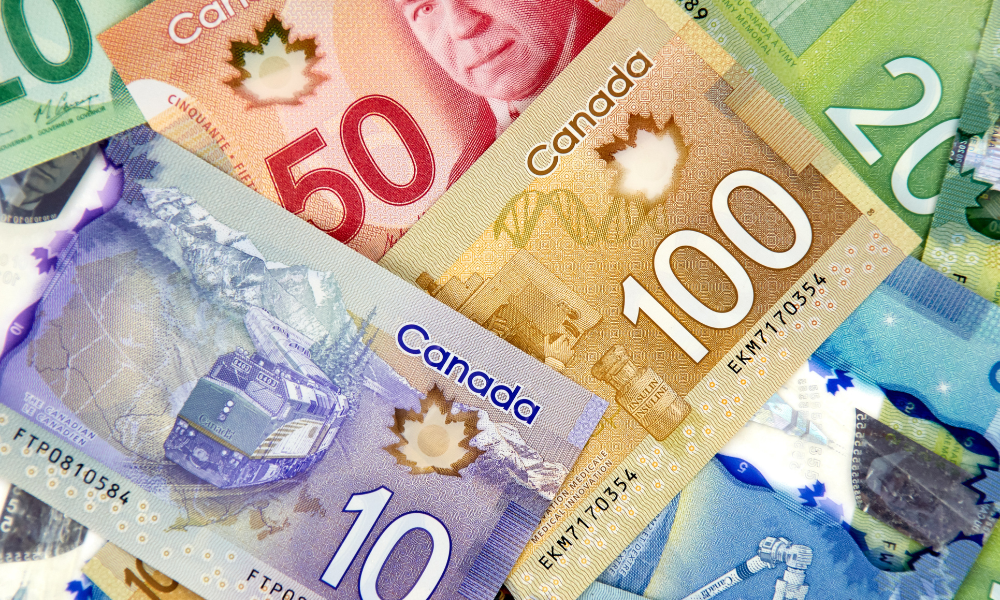Tariff policies ripple through currencies and markets

The Canadian dollar regained earlier losses against the US dollar on Friday, supported by signals of potential US rate cuts and Canada’s move to ease trade tensions with its largest trading partner, Reuters reported.
The loonie climbed 0.7% to 1.3815 per US dollar, or 72.39 US cents, marking its largest single-day gain since May 23.
The currency had been under pressure earlier in the week after cooler-than-expected domestic inflation data increased market expectations that the Bank of Canada could resume rate cuts in the coming months. Canadian bond yields tracked US Treasuries lower, with the 10-year yield down 5.3 basis points to 3.434%.
Prime Minister Mark Carney said Canada would roll back several retaliatory tariffs on US goods and pursue talks aimed at establishing a new trade and security framework. Economists at BMO Capital Markets noted the decision could ease price pressures on some consumer goods, such as groceries, but also reduce government tariff revenues.
Powell signals possible rate cuts
Federal Reserve Chair Jerome Powell indicated that the US central bank could consider a rate cut at its September 16–17 meeting but stopped short of making a commitment, Al Jazeera reported.
Powell said the labor market was in a “curious kind of balance,” reflecting slower hiring and reduced worker availability, partly due to immigration restrictions and demographic shifts, NBC News noted. He added that risks to employment are increasing and could result in a rapid rise in layoffs and unemployment.
While acknowledging that tariffs are adding upward pressure on consumer prices, Powell suggested those effects could fade over time, according to The Wall Street Journal. The Fed’s policy rate has remained at 4.25% to 4.5% since December.
Market expectations for a September rate cut climbed to nearly 90%, up from around 75% earlier in the week. US stocks also advanced after Powell’s remarks.
Political pressure and economic data
Powell’s stance has continued to draw scrutiny from President Donald Trump, who has repeatedly urged aggressive rate cuts and called for Powell’s resignation. The president has also targeted Fed Governor Lisa Cook, accusing her of financial improprieties, allegations she has denied.
Analysts noted that the Fed faces a challenging policy environment. Inflation remains above the 2% target, while recent labor market indicators suggest some softening, according to The Wall Street Journal. Upcoming data releases—including the August jobs report on September 5 and inflation data the following week—are expected to heavily influence the Fed’s decision later next month.
In Canada, retail sales rose 1.5% in June, driven by increased spending on food and beverages, in line with market expectations. A preliminary estimate for July pointed to a 0.8% decline.
Market strategists from Scotiabank said the Canadian dollar’s recovery late in the week reflected the combination of dovish signals from the Fed and the easing of trade tensions with the US.


